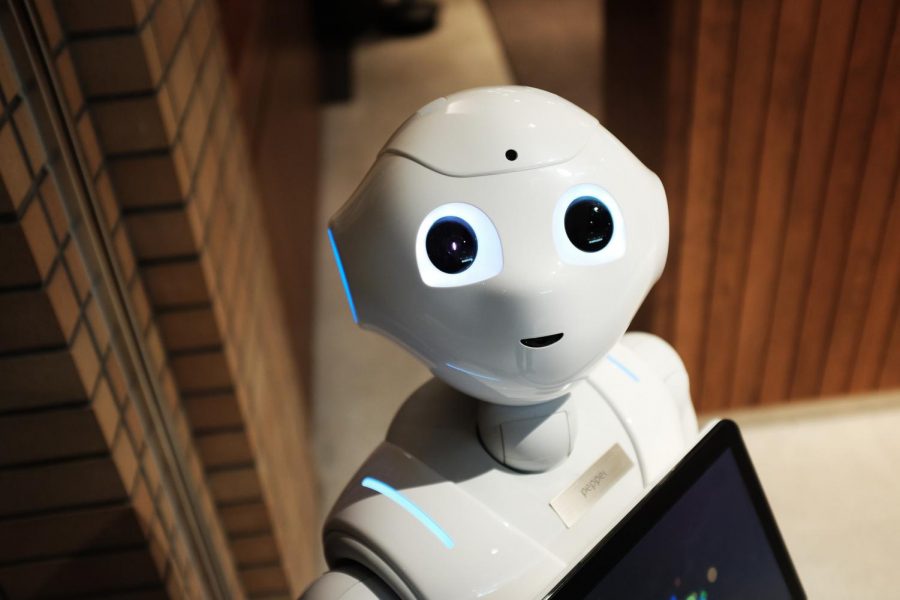MIT Researchers and Boston Dynamics Are Working to Bring Robot Doctors Into the Future of the Medical Field
The idea has gained traction during the Coronavirus pandemic, when social distancing is of paramount importance.
NAO is a 22.8 inch humanoid robot that represents the future of medical research. Only time will tell if robots like NAO will be used in hospitals as a matter of course.
The future is now! We already use robots for manufacturing, transportation, and even entertainment, so why not use them as doctors? Giovanni Traverso, an MIT assistant professor of mechanical engineering, and researchers at Brigham and Women’s Hospital sought to answer whether or not a robotic doctor would be useful and if people would even accept such an idea.
A study performed by the researchers at Brigham and Women’s Hospital revealed that a majority of patients viewed interacting with a medical professional via a video screen mounted on a robot as similar to an in-person interaction with a healthcare worker.
“We’re actively working on robots that can help provide care to maximize the safety of both the patient and the health care workforce. The results of this study give us some confidence that people are ready and willing to engage with us on those fronts,” said Professor Traverso.
COVID-19 has taught us that social distancing and reducing in-person contact is something worth looking into for the future, especially in healthcare services. After the Coronavirus pandemic began, Professor Traverso and his colleagues worked towards that future. They worked with Boston Dynamics, one of the leading engineering and robotics design companies, to create a mobile robot that would be able to interact with patients in hospitals’ emergency departments. This robot can measure vital signs, skin temperature, breathing rate, pulse rate, and blood oxygen saturation using a sensor, all without being in direct proximity with an ill patient.
The concept of a medical robot is not exactly a new one. There have been previous robots such as Nao and Pharos, the latter being a caregiving robot that utilizes deep learning in order to recognize and perform sequences of actions that could be used to demonstrate exercises in the user’s daily schedule. Nao is a 22.8-inch humanoid robot that has been deployed as an assistant tutor for autistic children, as a cognitive trainer, and as a physiotherapeutic therapist for the elderly.
With autistic children, Nao displayed the ability to greatly enhance the learning process. However, this was seen mostly with children fascinated by the robot, making them more eager to work with it.
Although these robots seem like they have accomplished the dreams of many researchers in providing a solution for socially distanced medical care, they inevitably have a few drawbacks, one of which was seen with Nao’s work with autistic children. Some of the children seemed to be afraid of Nao and did not perform well with it as a result, and while Nao did not seem to have any technical problems, the robot’s cost makes it inaccessible for a nationwide rollout. Other robots have problems like long start-up times, software failures, short battery life, and misunderstandings due to their software recognition programs.
With these problems in mind, Professor Traverso and his team are continuing to develop the robot by improving upon existing models to develop a robot for the purpose of operating in a variety of environments and conditions. The team found that some tasks that require a lot of human effort like flipping a patient over on a bed could be a worthwhile task for the robot, a further spot for development. They are hopeful for the future and the effects that their research could have on the medical field.
“We’re actively working on robots that can help provide care to maximize the safety of both the patient and the health care workforce. The results of this study give us some confidence that people are ready and willing to engage with us on those fronts,” said Professor Traverso.
Samgar Aidarhanov is a News Editor for 'The Science Survey.' Samgar has found that good journalism is more of an experience than a compilation of words....











